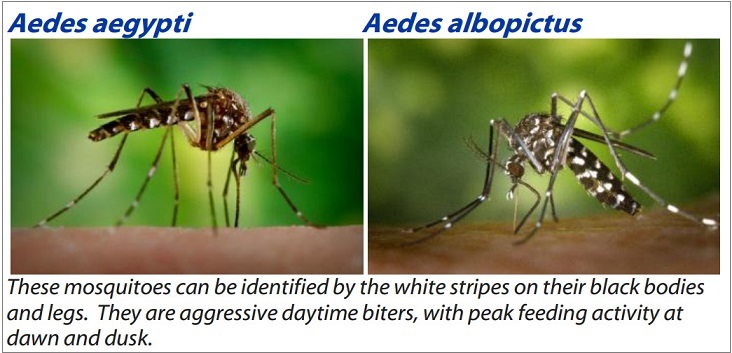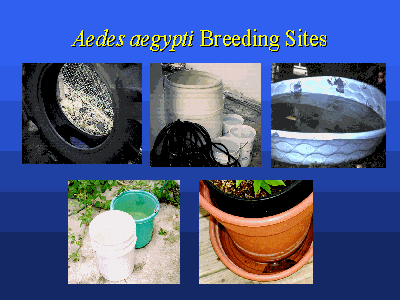Rotary Health Minute - Chikungunya
Chikungunya
Chikungunya is a viral disease transmitted by the bite of infected mosquitoes such as Aedes aegypti and Aedes albopictus.
Chikungunya can cause high fever, severe join pain, muscle pain, headache, eye ache and rash. Symptoms appear 3 to 7 days after being bitten by an infected mosquito. The acute phase lasts for about 5 days. Chikungunya does not often result in death, but the joint pain may last for months or years, especially in the elderly, and may become a cause of chronic pain and disability.
There are similarities between Chikungunya and dengue. While both may cause diffuse body pain, with Chikungunya the pain is much more intense and localized in the joints and tendons than dengue.

Treatment
There is no cure for chikungunya and there is no vaccine to prevent it.
Since the virus is relatively new to the Caribbean people have not developed any resistance or immunity to it. So everyone is at risk. Treatment is directed at relieving the symptoms, including the joint pain. If you suspect that you may have chikungunya see a doctor immediately. This is particularly important for adults over 65 and babies who are at higher risk of serious illness.
Prevention
The only effective way to prevent getting chikungunya is to protect yourself against mosquito bites.
Wear clothing which covers your arms and legs and minimizes skin exposure, especially to the day-biting mosquitoes. Use repellents on exposed skin or on clothing but be sure to follow the product instructions. Use nets to cover beds and baby cribs to protect from mosquitoes bites.
Control
Having mosquito breeding sites in or around your home increases your chances of contracting chikungunya.

Therefore reducing the number of natural and artificial water-filled container habitats where mosquitoes lay their eggs is key to controlling spread of the virus. This is most effective when everyone in the community becomes involved.
During outbreaks, insecticides may be sprayed to kill flying mosquitoes, applied to surfaces in and around containers where the mosquitoes land, and used to treat water in containers to kill the immature larvae.
Source: Pan American Health Organisation
